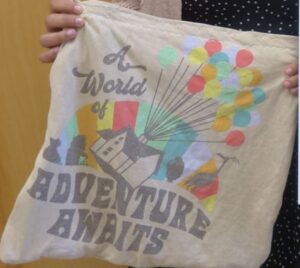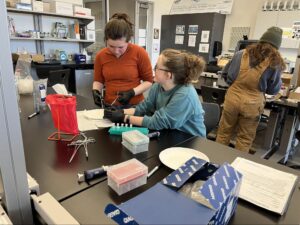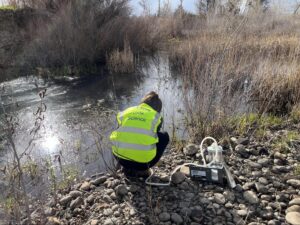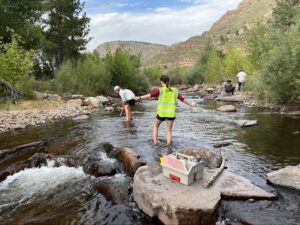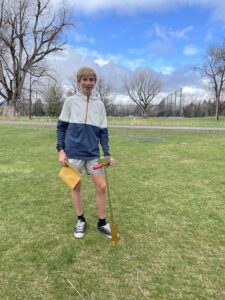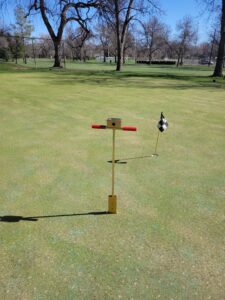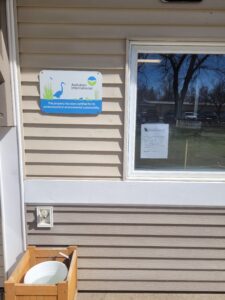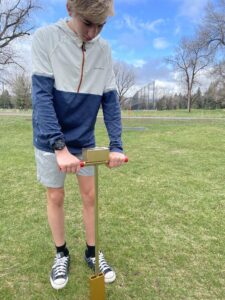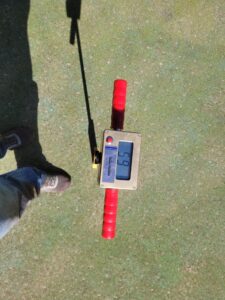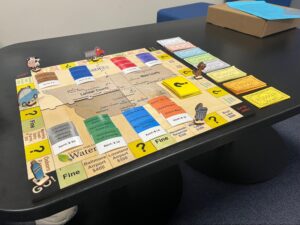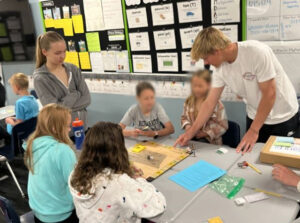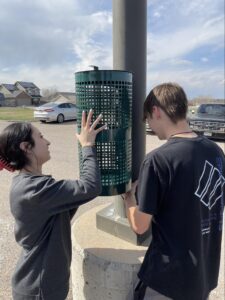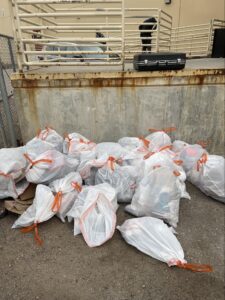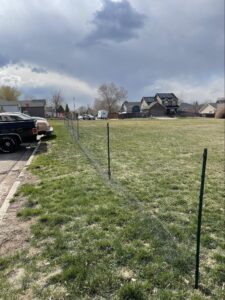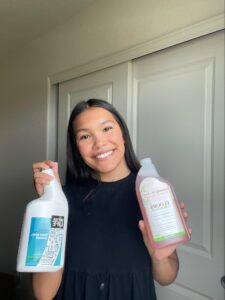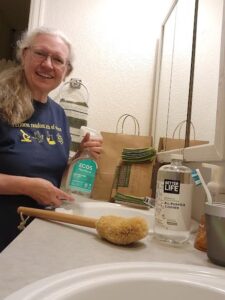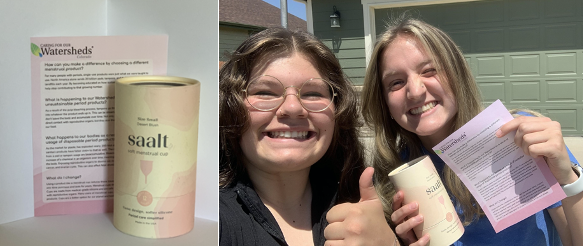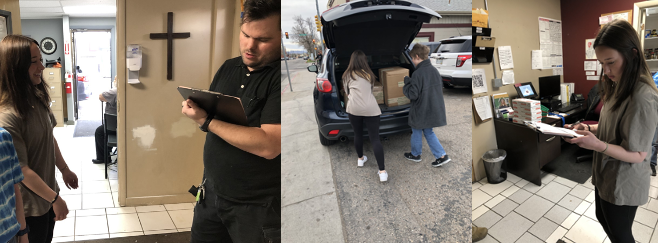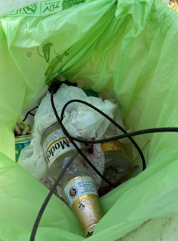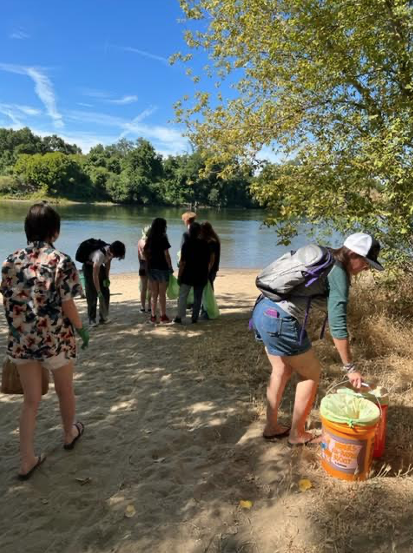2023, GREELEY, COLORADO, USA
Lida, a student at Greeley West High School, tackled the pressing issue of plastic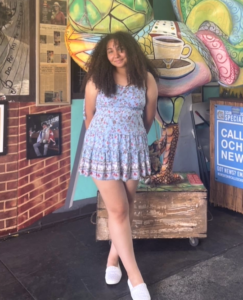 pollution by designing and producing reusable shopping bags. After discovering the alarming statistic that 92 million tons of clothing find their way into landfills worldwide each year, she was inspired to make a difference. Lida took a creative approach by repurposing used shirts into tote bags, which she distributed to her peers and members of the local community. Each bag included an informative tutorial, enabling recipients to understand the gravity of the issue and learn how to create their own upcycled bags. By empowering others to participate in this sustainable solution, Lida aims to contribute to the improvement of their local watershed. Her initiative not only helps reduce plastic waste but also promotes awareness and encourages others to take similar actions in their daily lives. This solution contributed to Targets 14.1 and 15.5 of the Sustainable Development Goals.
pollution by designing and producing reusable shopping bags. After discovering the alarming statistic that 92 million tons of clothing find their way into landfills worldwide each year, she was inspired to make a difference. Lida took a creative approach by repurposing used shirts into tote bags, which she distributed to her peers and members of the local community. Each bag included an informative tutorial, enabling recipients to understand the gravity of the issue and learn how to create their own upcycled bags. By empowering others to participate in this sustainable solution, Lida aims to contribute to the improvement of their local watershed. Her initiative not only helps reduce plastic waste but also promotes awareness and encourages others to take similar actions in their daily lives. This solution contributed to Targets 14.1 and 15.5 of the Sustainable Development Goals.

